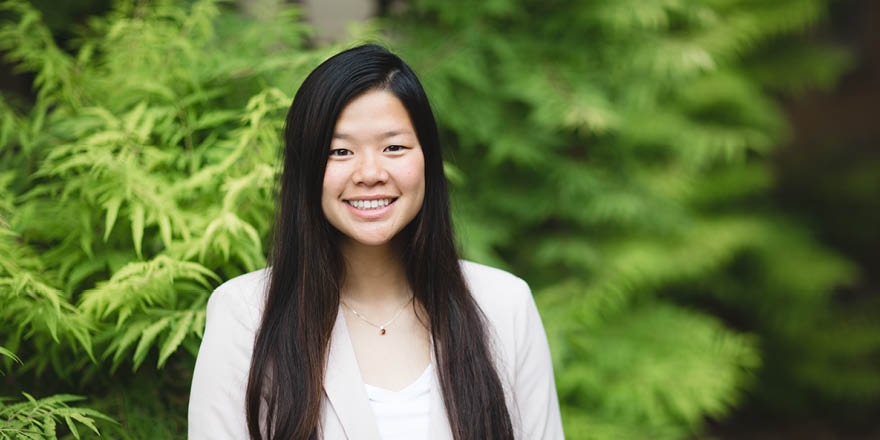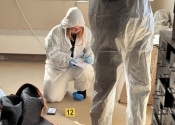
CSM Graduate Published in International Journal of Exercise Science
Maggie Feehan was sitting in class when she received an email notifying her that her research manuscript had been accepted for publication in the International Journal of Exercise Science.
The manuscript, titled “Is There a Relationship Between Foot Reaction Time and Ankle Frontal Plane Torque in Female Soccer Athletes? A Pilot Study,” was the result of a research project from one of Feehan’s undergraduate kinesiology and exercise science classes at College of Saint Mary. Additional authors include Dr. Andrew Shim, director of the kinesiology and exercise science program; Guilherme Cesar, department of physical therapy, University of North Florida; and Dr. Amy Burggraff, assistant professor of anatomy and physiology at CSM.
“It was the best feeling,” said Feehan, now a student in CSM’s occupational therapy doctorate program.
Feehan, who played soccer for CSM, recruited 17 soccer players to participate in the study in the human performance lab. Using a Biodex Machine, Feehan measured the peak torque of each athlete’s ankle. Then, the players were asked to use a start mat and stop mat to measure their reaction times.
Following a statistical analysis, Feehan determined if there was a significant relationship between torque and reaction time. “We found out that a lot of the soccer players who had stronger left foot eversions tended to have faster reaction times on the right foot,” she said.
Feehan noted that the results were quite different than what she was expecting. Initially, she thought a soccer player with a stronger right ankle would have a faster reaction time on their right foot and vice versa. “But then it makes sense because in soccer you’re constantly dribbling with your right foot, and it’s really important to have that strong left foot so you can have that balance and stability,” she said.
Dr. Shim said the study, which took more than a year to get published, is unique. “It’s never been done before,” he said. “There’s never been a study done looking at peak torque of ankle inversion-eversion and having a relationship with something else.”
Feehan believes the many hours she spent in the library made the result worth the effort. She hopes the study will make a difference. “I think it will make an impact down the road,” she said. “Other people will hopefully use that study to go on to do other things.”











